- Almost all the Hindu temples in India follow the architecture which is defined in the________ Shastras?
a. Shilpa
b. Natya
c. Dharma
d. Artha
Ans: a
- According to the Silpasastras, which style of temples are found in North India?
a. Dravidian style
b. Nagara style
c. Vesara style
d. None of the above
Ans: b
- According to the Silpasastras, the temples in South India are of which style?
a. Nagara style
b. Dravidian style
c. Vesara style
d. None of the above
Ans: b
- Which empires gave a significant contribution to Dravidian architecture?
a. Cholas
b. Chera
c. Pandyas
d. Pallavas
e. Rashtrakutas
f. Chalukyas
g. Hoysalas
h. All the above
Ans: h
- Gopuram is an important feature of which type of construction?
a. Nagara
b. Vesara
c. Dravidian
d. None of the above
Ans: c
- Under which style the central deity was placed in a sanctum?
a. Amalaka
b. Dravidian
c. Vesara
d. Kalasha
Ans: b
- __________is also called as Garbhagriha?
a. Vahana
b. Sanctum
c. Garbhagriha
d. Shikhara
Ans: b
- Above the Garbhagriha there was a conical structure with 5/7-storey which rises into the sky and it is called as_____?
a. Antarala
b. Viman
c. Kalasha
d. Jagati
Ans: b
- In front of the sanctum, there is a pillared hall called as________?
a. Viman
b. Mandap
c. Shikhara
d. Amalaka
Ans: b
- Which is the place for the audience where at times the dances were performed?
a. Mandap
b. Garbhagriha
c. Viman
d. Sanctum
Ans: a
- Dravidian style of construction began from _________period?
a. Chalukya
b. Vijayanagara
c. Khilji
d. Pallava
Ans: d
- Which dynasty can be regarded as the pioneers of south Indian architecture?
a. Pallavas
b. Pala
c. Satavahana
d. Pandyas
Ans: a
- The majority of the existing buildings of the Dravidian architecture are located in which Southern Indian states?
a. Tamilnadu
b. Karnataka
c. Kerala
d. Andhra Pradesh
e. All the above
Ans: e
- The _________started building temples in the 7th and 8th century in Dravidian style for placing god?
a. Mughals
b. Cheras
c. Pallavas
d. Pandyas
Ans: c
- The Shore Temple constructed by __________near Mahabalipuram is a UNESCO World Heritage Site?
a. Aditya 1
b. Narasimhavarman II
c. Parantaka
d. Gandaraditya
Ans: b
- Who built the prominent Brihadeshwara temple (Tanjore) in the 11th century?
a. Rajaraja
b. Rajendra 1
c. Rajadhiraja
d. Uttama
Ans: a
- Ratha temples are found in which city?
a. Tirupathi
b. Nalgonda
c. Nizamabad
d. Mahabalipuram
Ans: d
- Mahabalipuram city is founded by _________in 7th century?
a. Kanishka
b. Narsimhavarman
c. Ashoka
d. Vishakhadatta
Ans: b
- The great living Chola Temples which are listed among the UNESCO World Heritage Sites are?
a. Brihadeshvara Temple of Thanjavur
b. Brihadeshvara Temple of Gangaikonda Cholapuram
c. Airavatesvara Temple of Darasuram
d. All the above
Ans: d
- The Rajaraja Temple at Thanjavur was built by _________which king?
a. Kalasoka
b. Rajendra Chola 1
c. Bindusara
d. Ashoka
Ans: b
- Sri Ranganathaswamy Temple in Thiruvananthapuram, is the biggest temple in India is of which type of architecture?
a. Nagara
b. Vesara
c. Dravidian
d. None of the above
Ans: c
- Which dynasty constructed temples at Kanchipuram and one of the famous temples was Kailashnath temple?
a. Pandyas
b. Pallavas
c. Cheras
d. Cholas
Ans: b
- Which style of construction is also known as the Chalukyan or Deccan style?
a. Nagara
b. Vesara
c. Dravidian
d. None of the above
Ans: b
- The cruciform ground plan and the curvilinear shikhara are the identifying features of which style of architecture?
a. Dravidian
b. Nagara
c. Vesara
d. Both a and c
Ans: b
- The main characteristic feature of the Nagara style of construction is a tall curved spiral roof over the sanctum, which is generally called as_________?
a. Gopuram
b. Mandap
c. Deul
d. Viman
Ans: c
- The Vesara style contains elements of which style?
a. Nagara
b. Dravida
c. Both a and b
d. None
Ans: c
- Which temple of Konark is also known as Black Pagoda because of the black stone used in it?
a. Star
b. Moon
c. Sun
d. None of the above
Ans: c
- Which temple was built in the form of a chariot with 12 large wheels are drawn by 7 horses?
a. Virupaksha Temple at Aihole
b. Parshvanath temple
c. Hoysala temple
Ans: d
- The Wheel design of the Sun temple was adopted by ________?
a. Indian airlines
b. Air India
c. Jet airways
d. Indigo airlines
Ans: b
- In ________temples the idols of kings were kept?
a. Chola
b. Cheras
c. Pandyas
d. Sunga
Ans: a
- Angkor Wat in Cambodia and Prambanan in Indonesia were built based on which type of architecture?
a. Nagara
b. Vesara
c. Dravidian
d. None of the above
Ans: c
- Dravidian-style architecture can also be found in?
a. Central Sri Lanka
b. Northeastern Sri Lanka
c. Maldives
d. Various parts of Southeast Asia
e. All the above
Ans: e




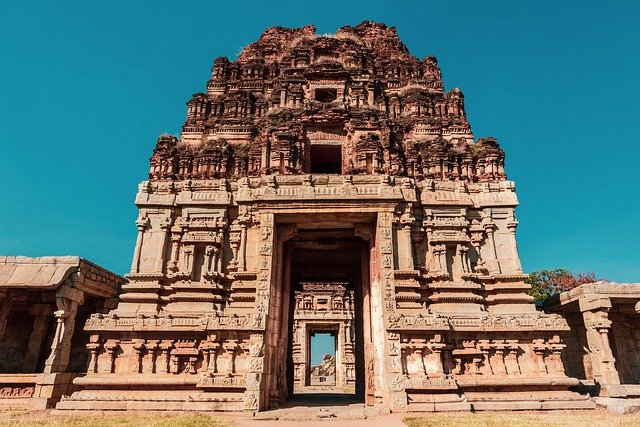
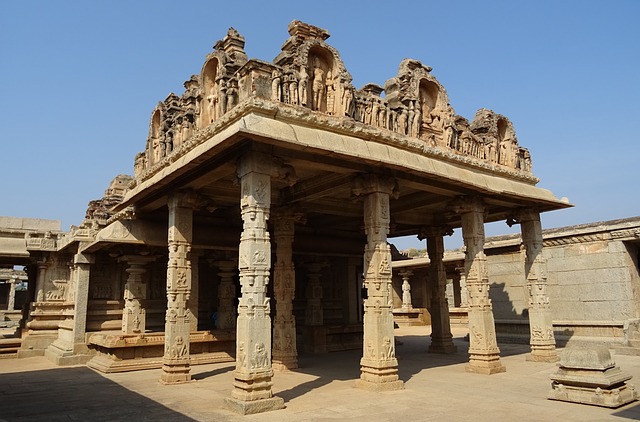


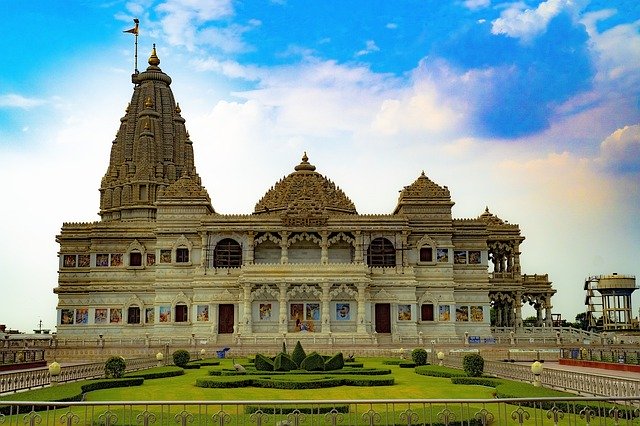
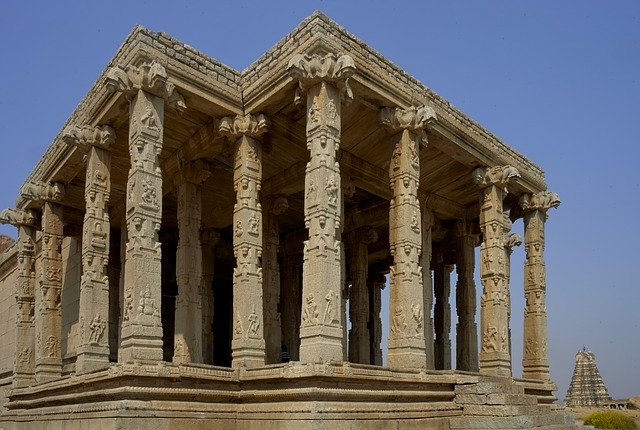
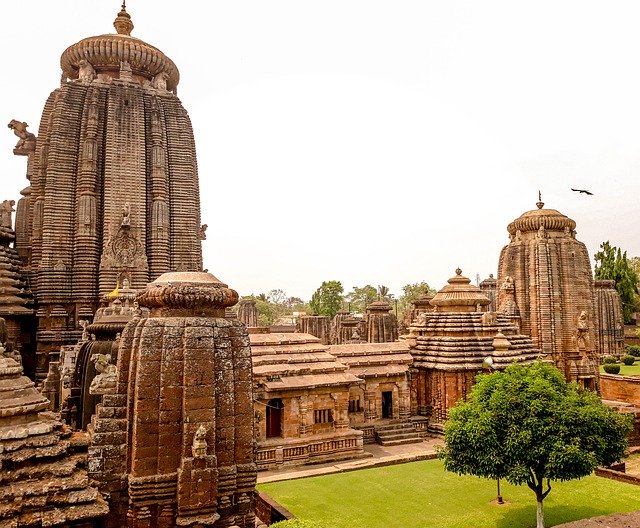
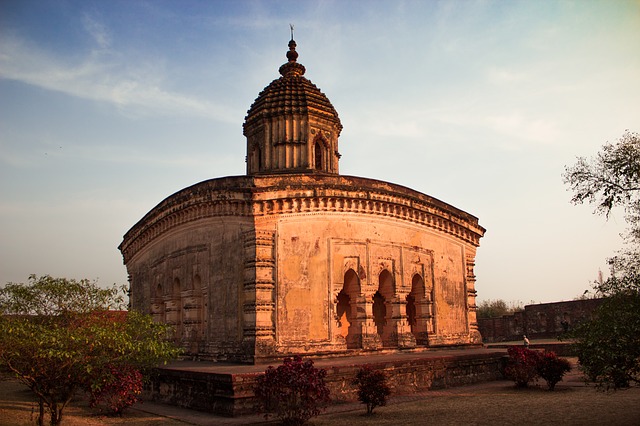

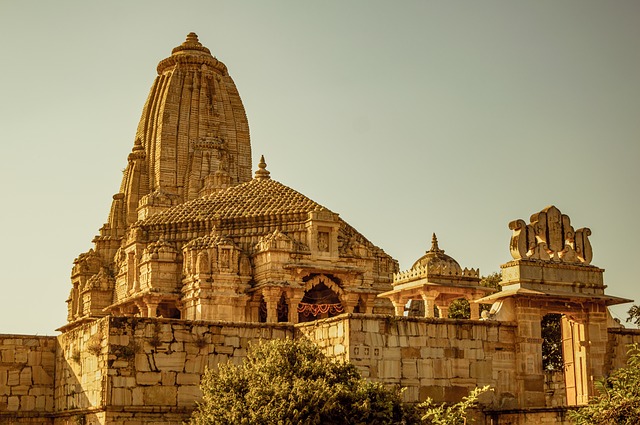
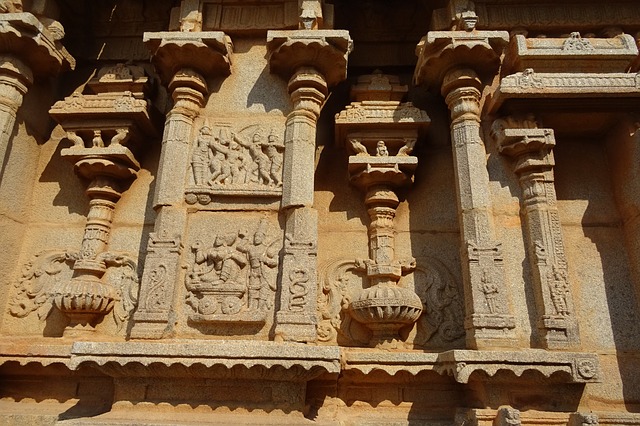
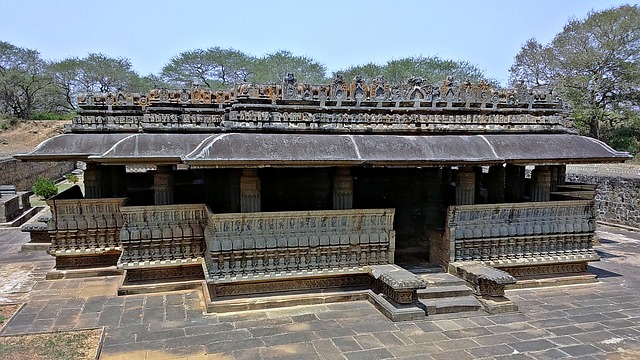
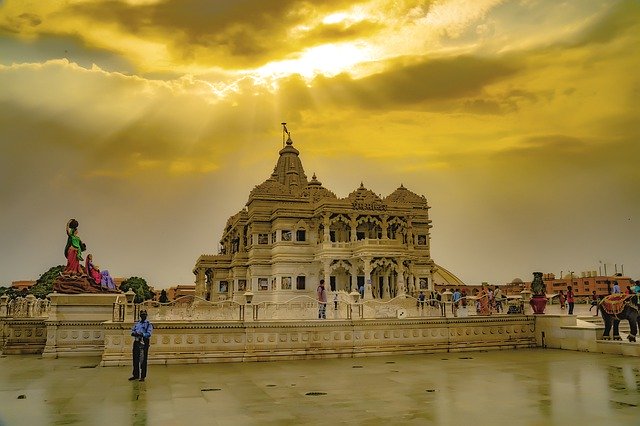
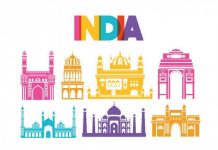
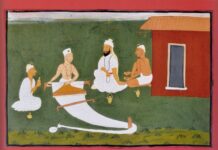

I could definitely see your skills in your write. We need more passionate writers like you who are not afraid to say how they believe. At all times go after your heart.
Thank you
I conceive this web site has some very great information for everyone. “A sense of share is not a bad moral compass.” by Colin.
Thank you